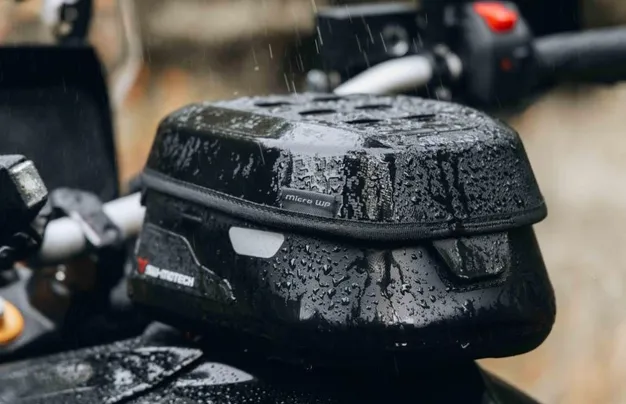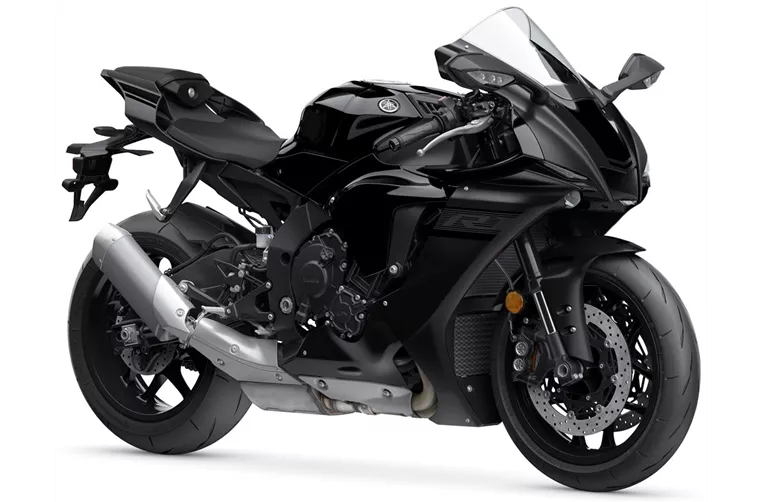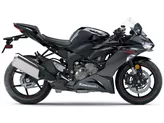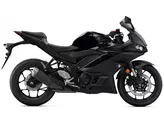Yamaha YZF-R6 2017 vs. Yamaha R1 2020

Yamaha YZF-R6 2017
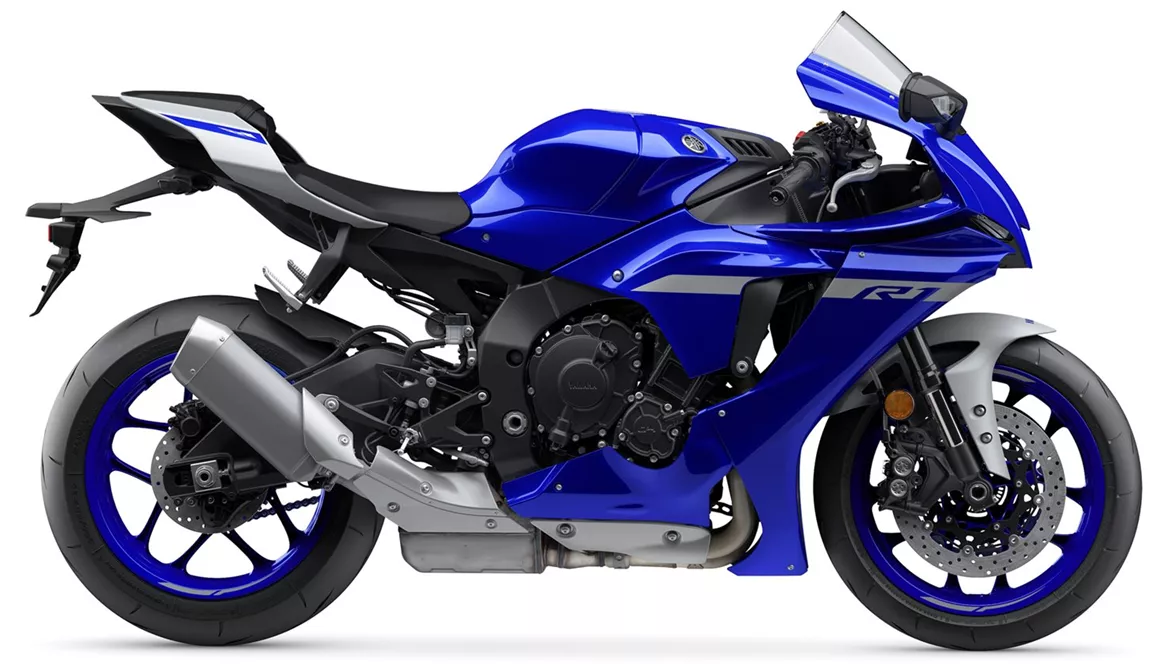
Yamaha R1 2020
Vue d’ensemble - Yamaha YZF-R6 2017 vs Yamaha R1 2020
The Yamaha YZF-R6 model year 2017 and the Yamaha R1 model year 2020 are both high-performance motorcycles from Yamaha's supersport lineup. While they share some similarities in terms of design and features, there are notable differences between the two models.
Starting with the engine and drivetrain, the Yamaha YZF-R6 2017 is equipped with a 599cc engine that produces 124 horsepower and 65.7 Nm of torque. On the other hand, the Yamaha R1 2020 boasts a larger 998cc engine that delivers a whopping 200 horsepower and 112.4 Nm of torque. This significant increase in power makes the R1 more suitable for those seeking exhilarating speed and acceleration.
In terms of dimensions and weights, the Yamaha R1 2020 has a slightly longer wheelbase of 1405mm compared to the YZF-R6's 1375mm. Additionally, the R1 has a slightly higher seat height of 855mm compared to the YZF-R6's 850mm. Both motorcycles have a fuel tank capacity of 17 liters, ensuring decent range for long rides.

Yamaha YZF-R6 2017
When it comes to suspension, both models feature upside-down telescopic forks at the front, providing excellent handling and stability. The chassis for both motorcycles is made of aluminum and follows the Deltabox frame type, ensuring a lightweight and rigid structure.
In terms of braking, both the Yamaha YZF-R6 2017 and the Yamaha R1 2020 feature double disk brakes at the front. However, it is worth noting that the Yamaha R1's braking performance is not considered 100% satisfactory on the race track, which could be a potential drawback for those seeking ultimate performance.
In terms of tire specifications, both motorcycles have a front tire width of 120mm and a front tire diameter of 17 inches. However, the Yamaha R1 2020 has a wider rear tire width of 190mm compared to the YZF-R6's 180mm. This wider rear tire provides better traction and stability, especially during aggressive cornering.
Moving on to the strengths of each model, the Yamaha YZF-R6 2017 is praised for its strong and direct brakes, sharp looks, automatic gearshift, good wind protection, precise handling, and high transparency. On the other hand, the Yamaha R1 2020 is commended for its powerful engine, clean response, great sound, stable chassis, high-quality electronics, and wonderfully noble overall impression.
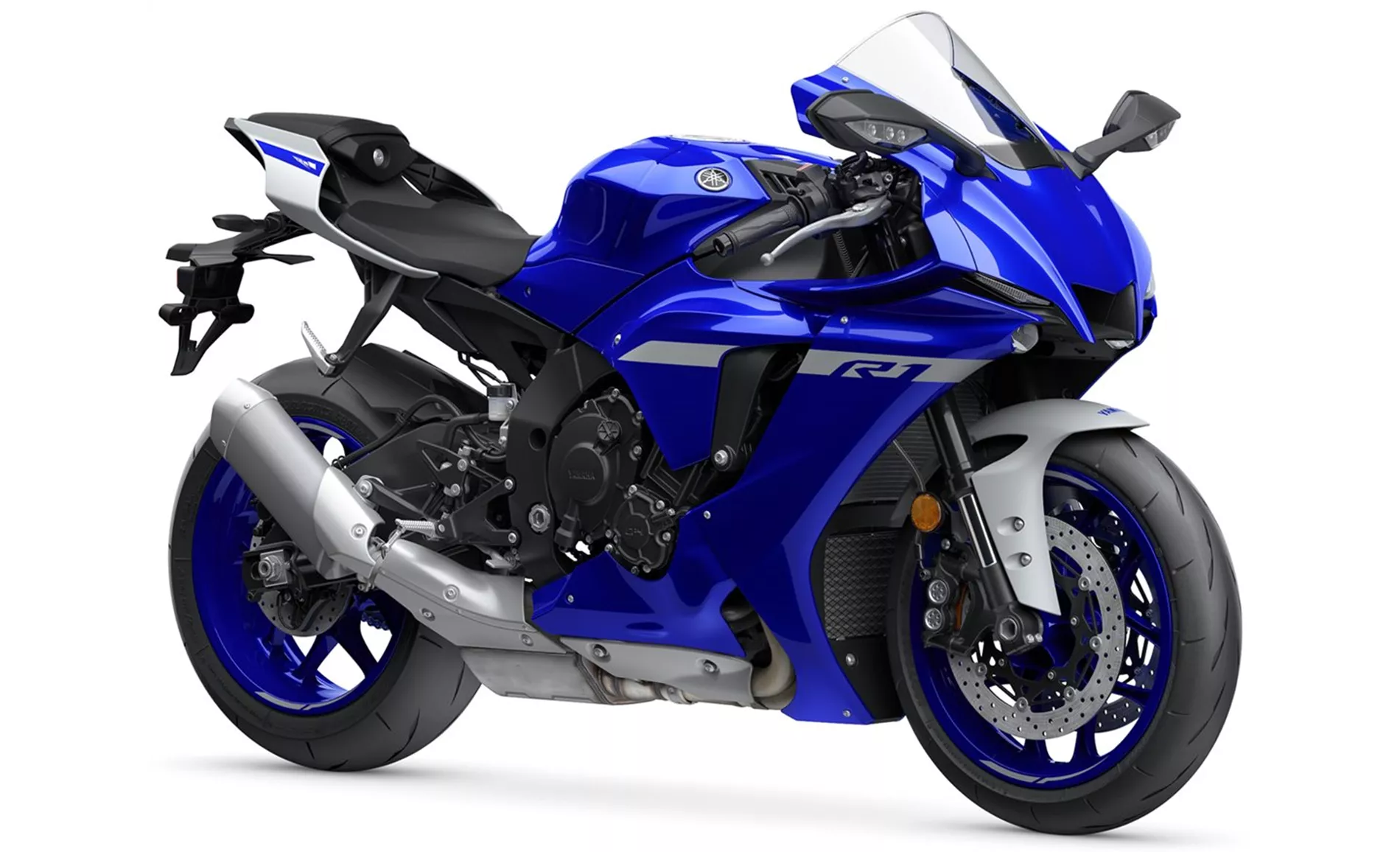
Yamaha R1 2020
However, it is important to note that the Yamaha YZF-R6 2017 has a radical seating position that may not be suitable for touring, and its standard power output is lower at 118.4 horsepower compared to the R1. Additionally, upgrading the YZF-R6 can be cost-intensive.
On the other hand, the Yamaha R1 2020 has been criticized for its brake performance, which is not considered 100% satisfactory on the race track. This could be a drawback for riders who prioritize track performance.
In conclusion, the Yamaha YZF-R6 2017 and the Yamaha R1 2020 are both impressive motorcycles with their own strengths and weaknesses. The YZF-R6 offers a more affordable option with good handling and aesthetics, while the R1 provides a more powerful engine and higher overall performance. Ultimately, the choice between the two models depends on the rider's preferences and intended use.
Caractéristiques techniques Yamaha YZF-R6 2017 par rapport à Yamaha R1 2020
Avantages et inconvénients en comparaison
Avantages et inconvénients en comparaison
Yamaha YZF-R6 2017

La Yamaha R6 2017 reste une moto supersport radicale tant sur le plan visuel que sur celui de la dynamique de conduite, l'une des meilleures et probablement la dernière du genre. La norme EURO4 coûte au quatre cylindres en ligne de 599 centimètres cubes avec soupapes en titane pas moins de 11 chevaux par rapport au modèle de 2007/2008. Mais Yamaha s'adresse clairement aux pilotes amateurs et professionnels sur circuit qui ne se soucient pas des performances de série. Avec plus de 50 accessoires, la R6 peut être améliorée en fonction des besoins et du budget. Mais chacun devrait être conscient que cela peut coûter cher.
Yamaha R1 2020
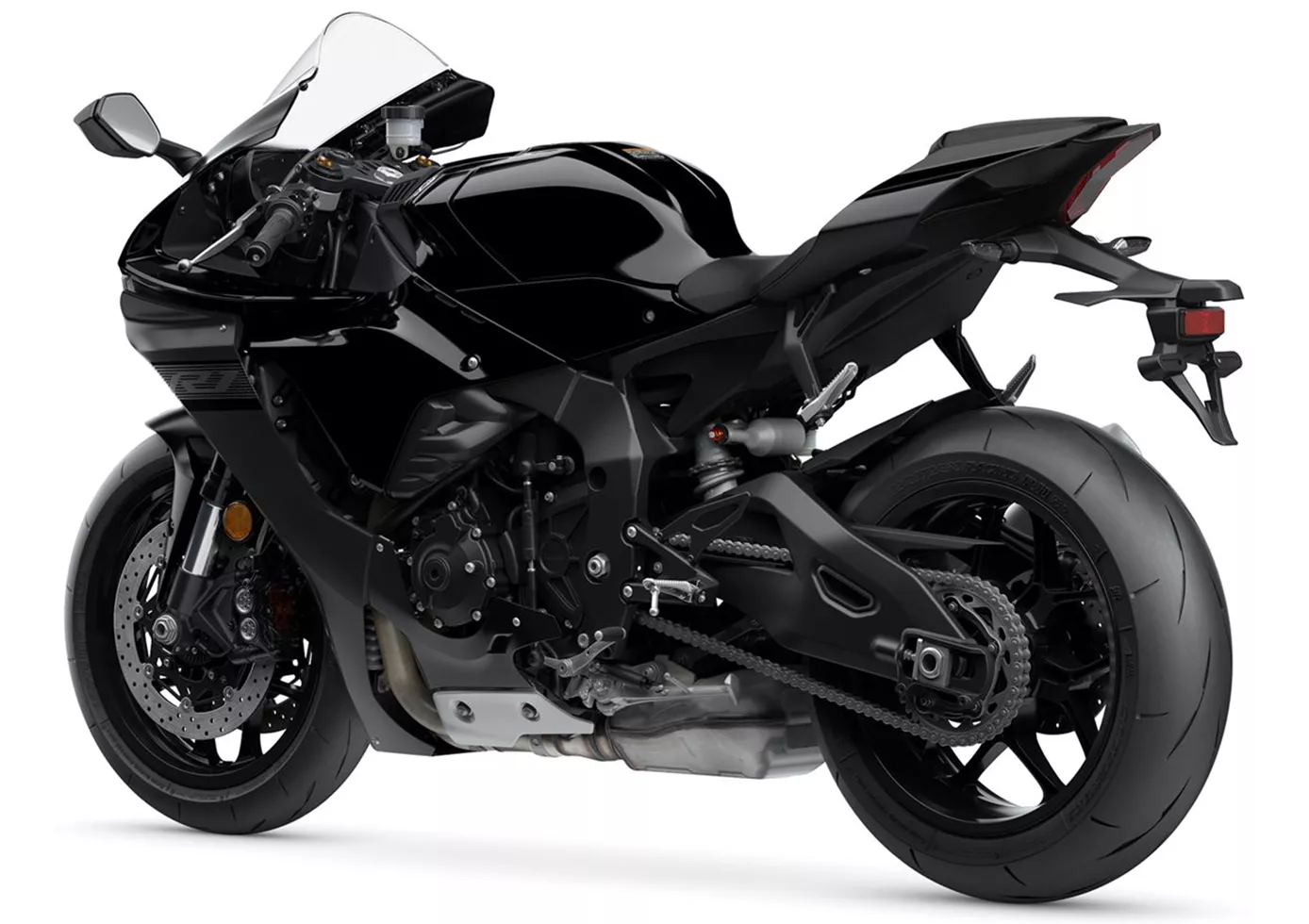
La Yamaha YZF-R1 est arrivée à maturité et fait le bonheur d'innombrables pilotes de circuit. Le moteur brille par sa légèreté et son agilité, la position de conduite surprend positivement et la maniabilité est radicale mais toujours "adaptée à la masse". La machine attire immédiatement l'attention par son aspect et aussi par sa sonorité qui fait chaud au cœur. C'est surtout sur les routes de campagne que la moto marque des points avec les atouts qu'on lui connaît : super moteur, super électronique, super ensemble ! Un vrai plaisir de conduire !
Comparaison des prix Prix moyen du marché Yamaha YZF-R6 vs Yamaha R1
There are a few key differences between a Yamaha YZF-R6 2017 and a Yamaha R1 2020. It takes less time to sell a Yamaha R1 with 86 days compared to 136 days for the Yamaha YZF-R6. Since model year 2005 1000PS.de editors have written 33 reviews for the Yamaha YZF-R6 and 80 reviews for the Yamaha R1 since model year 2005. The first review for the Yamaha YZF-R6 was published on 10/17/2002 and now has more than 3,600 views. This compares to more than 3,900 views for the first review on Yamaha R1 published on 4/28/2003.
